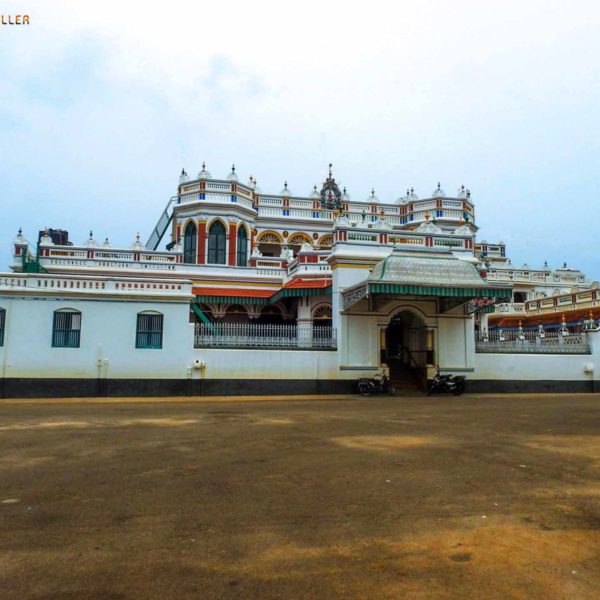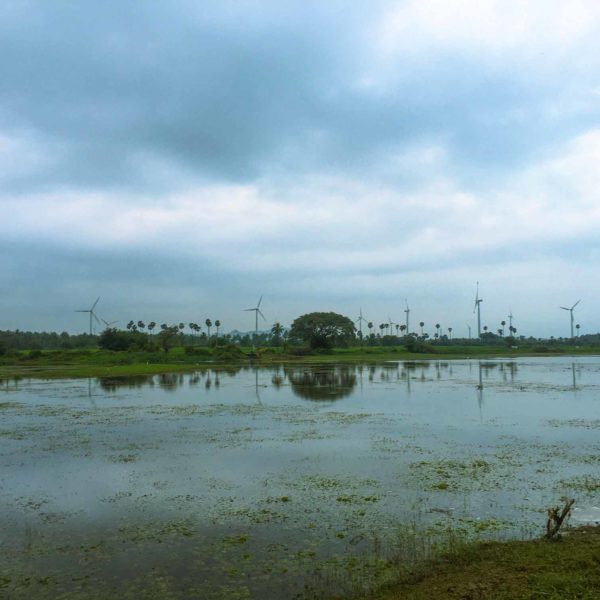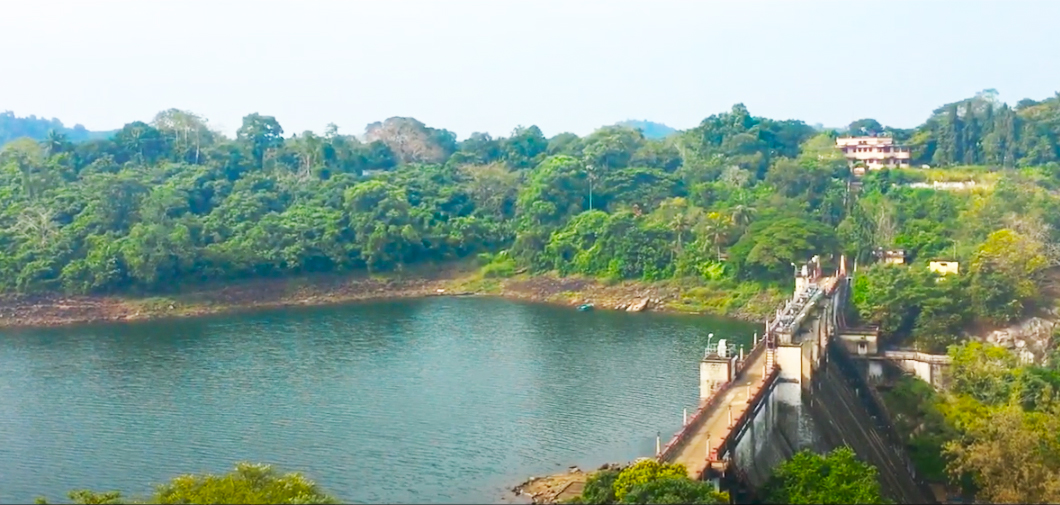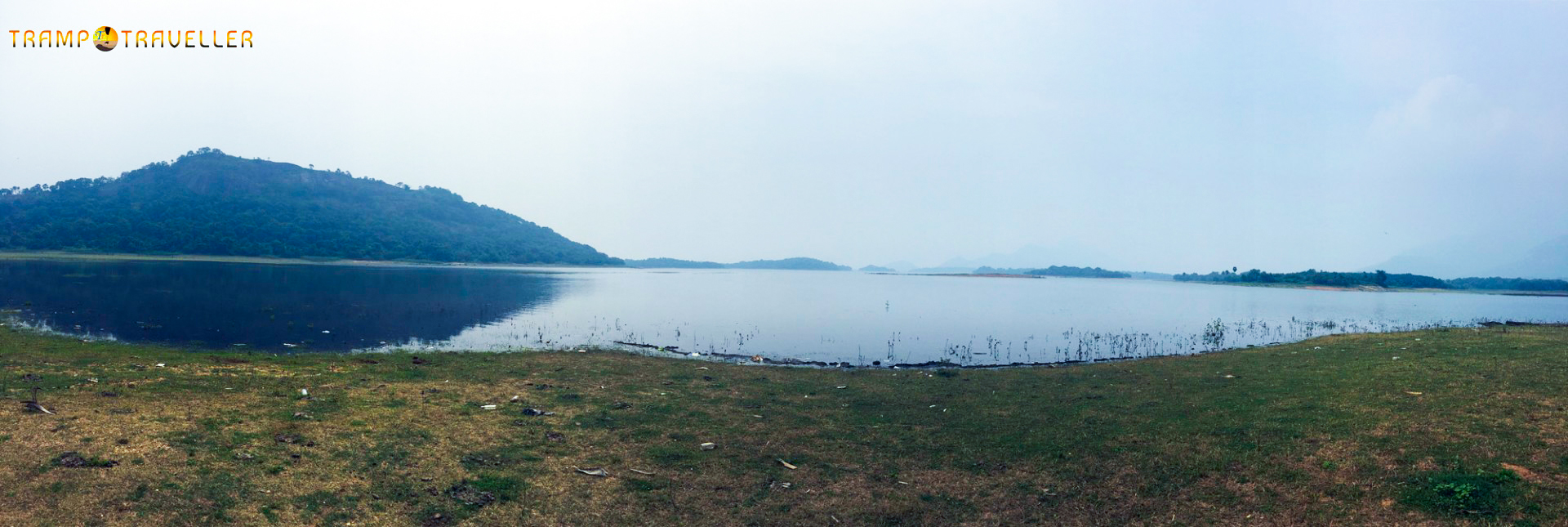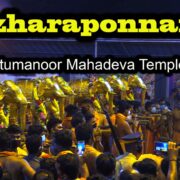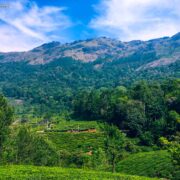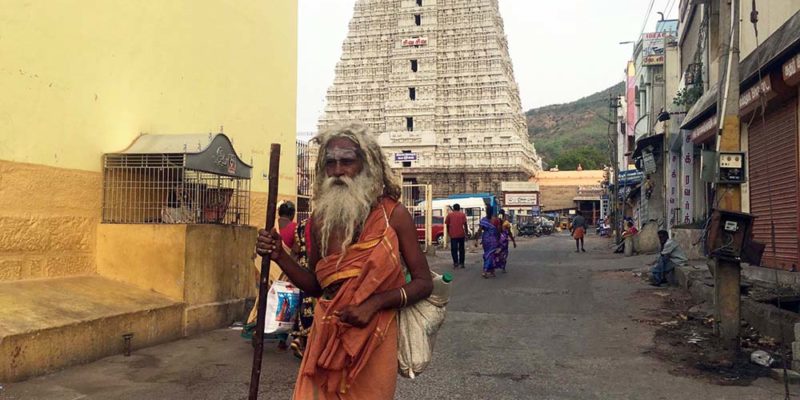
I heard about the historical wonder, Gingee Fort, from one of my friends who is a traveler. I checked Google Map to see where the place is . I was surprised and happy to see that from Gingee, Tiruvannamalai, the place I have always wanted to visit, is just around 40 km away. I didn’t have to think much, just packed my bag and left for Gingee. I have already related the events at Gingee in another article with the heading “Gingee Fort – The Historical Wonder.” I was in the fort from morning till after 2 in the afternoon enjoying the sights. Then, I had some food and went straight to Tiruvannamalai. It is 47 km from Gingee to Tiruvannamalai. Centuries ago, temples were built in South India which were dedicated to Mahadeva, who is the Panchaboothanathan, in the form of space, earth, water, fire, and wind, which are the 5 elements of panchabootham; this is called Panchabootha Sthala. Of these, 4 are in Tamil Nadu and 1 in Andhra Pradesh. Shiva in the form of water is associated with Jambukeswarar Temple in Thiruvanaikaval, Tiruchirapalli; fire is attributed to the Arunachalesvara Temple of Tiruvannamalai; the Ekambareswarar Temple in Kancheepuram is associated with the form of earth; the linga at Nataraja Temple at Chidambaram is associated with space; these are the temples in Tamil Nadu.
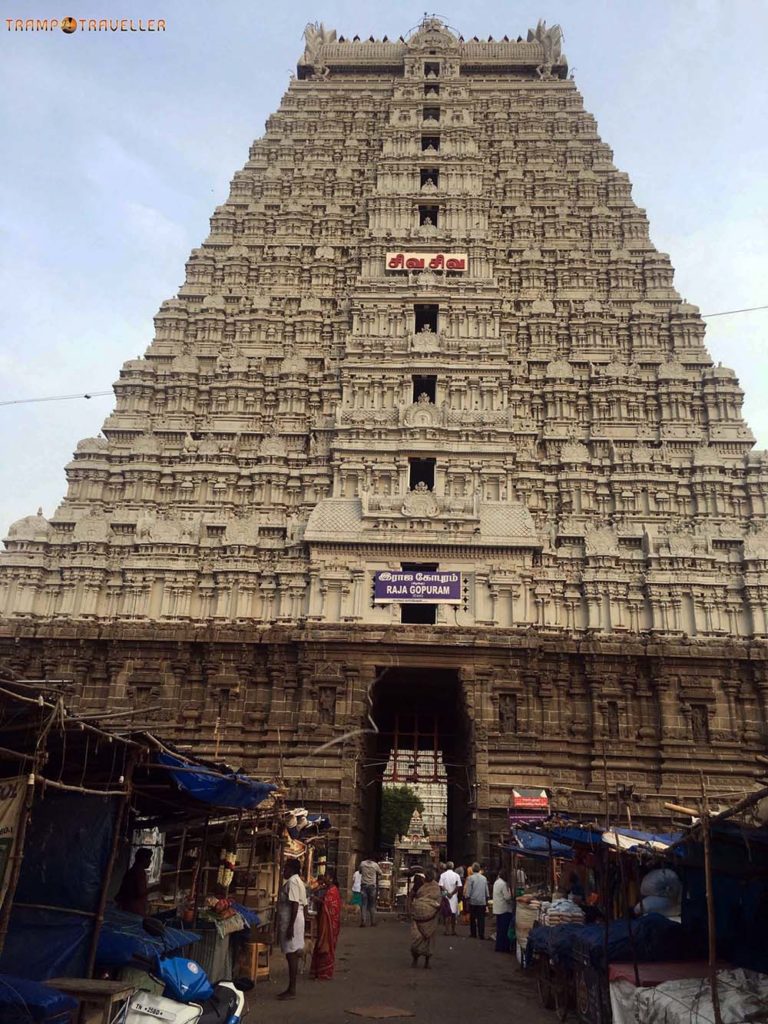
Wind is attributed to Sri Kalahasti Temple in Andhra. The Arunachalesvara Temple at Tiruvannamalai, the deity of which is the fire form, is one of the largest temples in South India. I took a room in a lodge a short distance away from the temple. I felt refreshed when I took shower, all the tiredness from roaming around in Gingee Fort left me. Then, I decided to walk to the temple. There were shops on both sides of the road. I could see sages moving around wearing red ochre dresses, girls selling flowers, taxi drivers, beggars, and lot of people rushing through the roads in a hurry to reach their destinations. I reached beneath the gopuram or entrance tower of the temple. The temple opens at 3.30 pm and closes at 9.30 pm. Now, it’s 5 o’ clock in the evening. The temple complex which extends to an area of 25 acres is located on the foothills of Annamalai Hills. This temple was constructed by the Chola kings in 9th century A.D.The sculptural beauty of Tiruvannamalai Temple is unique. The temple has 9 towers, the highest being the Raja Gopuram which is 11 storied, 66 m tall, and is in the east. This is one of the tallest temple gopurams in India and was built by king Krishnadevaraya in the 15th century.
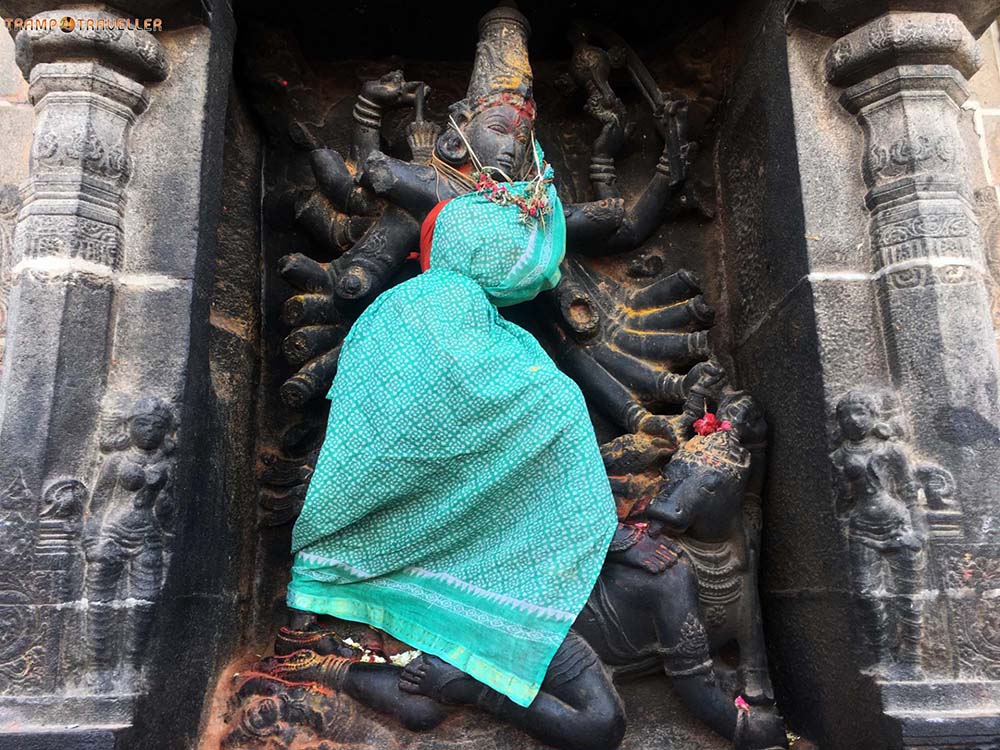
Annamalai is the most noticed hill in Tamil Nadu. People consider this 2665-feet high mountain as Arunachalesvara. Every Pournami (full moon day), around 300,000 to 400,000 pilgrims circumambulate around this. They do this bare footed, walking 14 km, and this is known as giri pradakshina (giri means hill and pradakshina means circumambulation). There are 8 shrines on the way of circumambulation, which are considered as having been worshipped by gods like Indra, Fire, Nirrti, Wind, Kubera, etc. It is believed that viewing these shrines and going round the hill barefooted in pradakshina wash away all sins. Lakhs of people visit Tiruvannamalai Temple to view the Karthigai Deepam (festival of lights) on top of the hill once every year. There is a myth behind this. Once, Sri Parvathi playfully covered both the eyes of God Parameshwara, and as a result, the whole world fell into darkness. In repentance, Sri Parvathi made a Shiva linga with the soil of Kancheepuram and worshipped. Later, as per the instruction of Sri Parameshwara, Parvathi did penance at Tiruvannamalai in the presence of Gautam Muni (sage). On the day of Pradosham (twilight period) in the month of Karthika, Parvathi became one with Parameshwara thus becoming a composite form called Ardhanarishvara or half male and half female. This is celebrated as the festival of lights in Tiruvannamalai. One of the ancient heritage sites of India, Tiruvannamalai is also a centre of shaivism. I waited at the queue to enter the temple. There was no big rush. There are 2 types of queues formed, one with fee and the other without fee. Since there were only a few people, I joined the normal one. The next part of this article will deal with my experience inside the temple.



